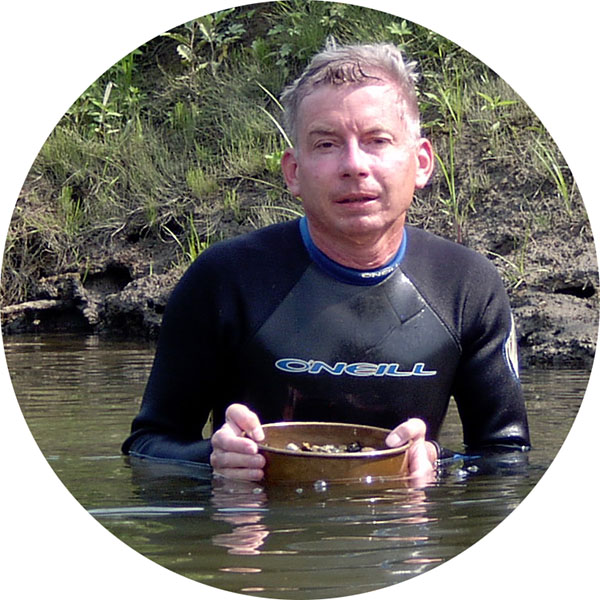Paving rural roads is one of the local issues that can get people in Dutchess County worked up. Some people like the rural look of unpaved roads, and that they restrict the volume and speed of traffic. Others think that paved roads are safer and more comfortable to drive on. And then there is cost – it's said that paved roads cost less to maintain, but are very expensive to build.
I'm not going to discuss any of these important issues today, but will focus on the ecological impacts of unpaved roads. I often hear the claim that unpaved roads are "greener" than paved roads because they are permeable (they allow rainwater to percolate instead of running off).
In fact, the dirty secret about unpaved roads is that they have a poor ecological record. To begin with, even unpaved roads are so compacted that they allow very little water to soak in, unless they are specifically built and maintained to allow water to infiltrate. So rainwater just runs off of unpaved roads, as it does for paved roads, and the supposed ecological benefit of unpaved roads is illusory.
The chief problem with unpaved roads is that they are subject to erosion, which can generate a lot of sediment that runs off into watercourses. This problem is so bad (and so well known to ecologists) that unpaved roads and poorly managed construction sites often are identified as the worst hot spots on the landscape for sediment generation.
This sediment is a problem for several reasons. First, it can smother stream habitats and their inhabitants, reducing biodiversity and eliminating sensitive species from our streams. In particular, it can clog stream gravels and prevent spawning and rearing of trout.
In addition, adding sediment to streams can cause them to become unstable and change their courses. This instability can pose a problem for plants and animals that live in or along streams, as well as for humans that live near streams.
Perhaps of greater interest, by accumulating in streams, this sediment can raise streambeds and make flooding worse. In the wake of last year's flooding, there have been many suggestions to "clean out" local streams to prevent future flood damage. Such campaigns by themselves will cost precious tax dollars and are likely to damage stream habitats without providing long-term relief from flood damage (see "Flood mitigation requires care", Poughkeepsie Journal, 23 October 2011).
Instead, if any program to reduce future flood damage is to be effective, it must focus on reducing sediment inputs to streams, as well as any "cleaning" of the channels that might actually be required. This includes sediments generated from unpaved roads.
Unpaved roads may generate a lot of dust during dry periods. This dust can alter roadside vegetation, and has been considered to harm human health. In addition, any chemicals that are applied to unpaved roads to keep down dust may themselves have ecological or health effects.
It is worth noting that some of the benefits of unpaved roads in slowing traffic may also be achieved by using road designs that incorporate alternative "calming" measures that do not have the negative ecological effects of unpaved roads. See the "New Greenway Guide: Rural Roads", for a good introduction to these measures.
So whatever their merits, unpaved roads are not especially "green", and have some ecological effects that are distinctly negative. I'm not saying that this means that we should go out and immediately pave all the roads in the county. Certainly all of the issues that I raised at the beginning of this article should be considered. However, in any comprehensive discussion about the values of paved vs. unpaved roads, we should consider the real and substantial negative ecological effects of unpaved roads.







